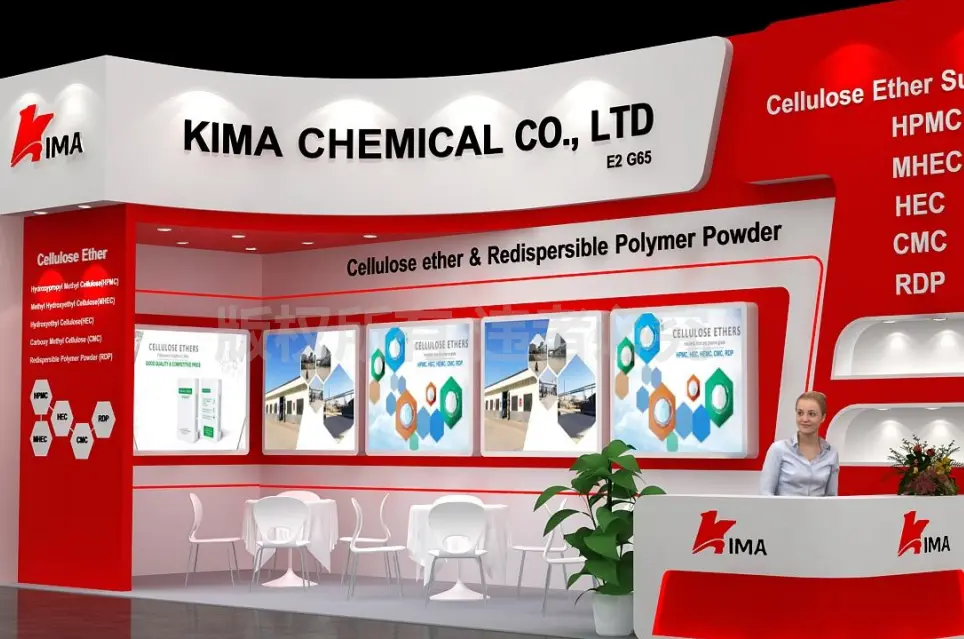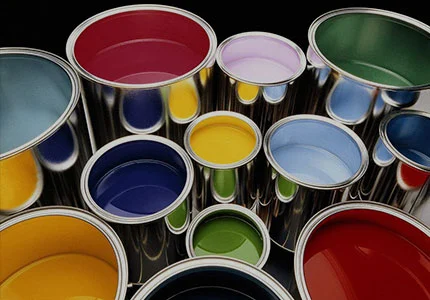KimaCell® HPS 901 Hydroxypropyl Starch Ether has good water solubility, rheology and adhesive properties. Hydroxypropyl starch ether is non-ionic, less affected by electrolytes, can be used in a wide range of acid-base pH, and has excellent biodegradability. Hydroxypropyl Starch Ether is the fastest growing industry in the starch ether application industry. With the development of world's construction and building materials industry, especially the development of building energy-saving insulation, external wall insulation has become a national mandatory standard. Mixed mortar is inseparable from starch ether, which is used as a performance improver for cellulose ether products. In addition, hydroxypropyl starch ether can also be used as adhesive, suspending agent and thickener in papermaking, textile, oil drilling, daily chemical industry and other industries.
 English
English 日本語
日本語 français
français Deutsch
Deutsch Español
Español italiano
italiano русский
русский português
português العربية
العربية Türkçe
Türkçe Nederland
Nederland

 HPS 901 Material Safety Data Sheet
HPS 901 Material Safety Data Sheet 



